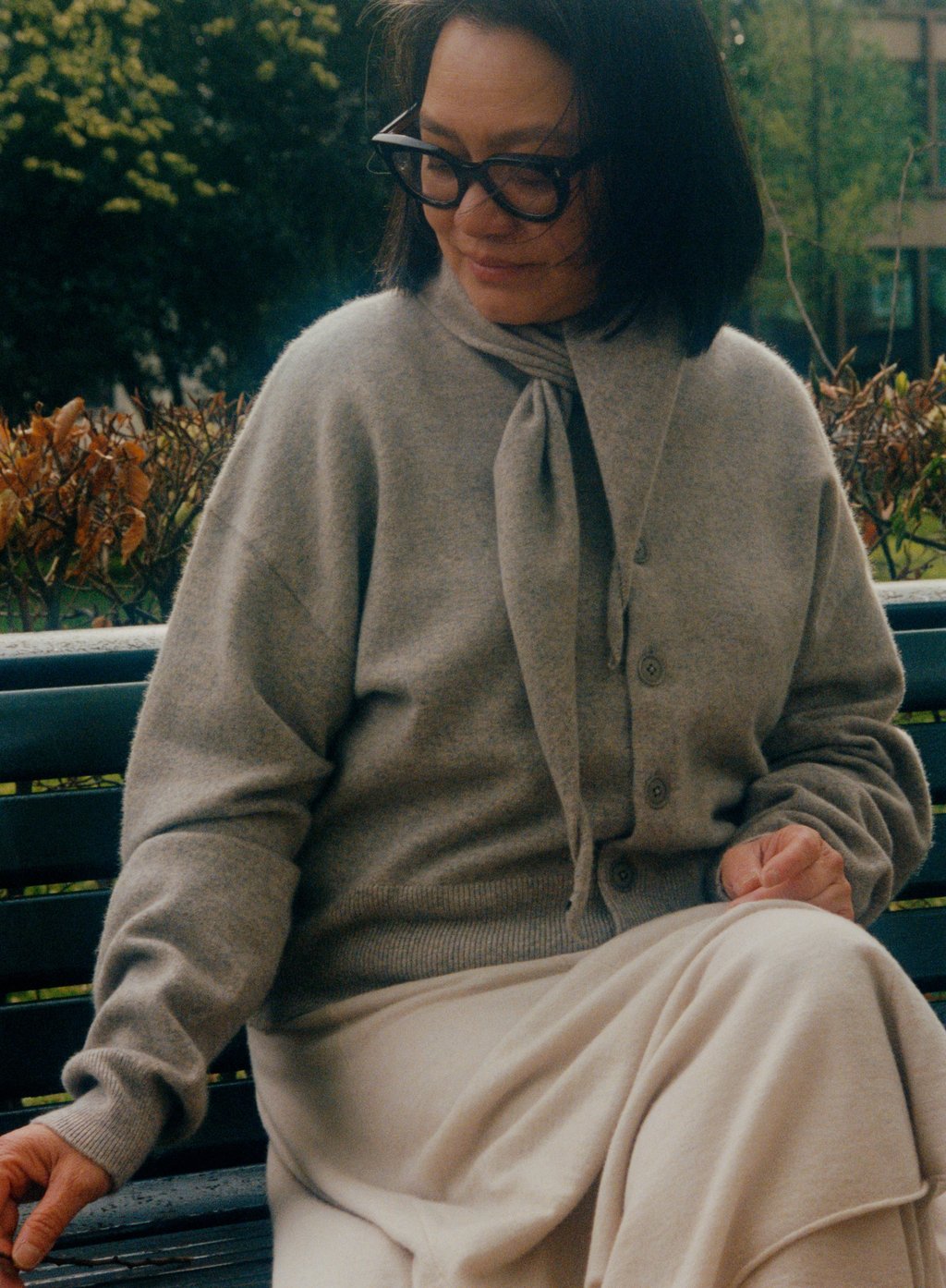Cashmere with a twist: inside Extreme Cashmere, the Hong Kong-born, Amsterdam-based label giving the luxe knit new life
- Saskia Dijkstra, who founded Extreme Cashmere in 2016, ‘had the idea to make one beautiful sweater’ – now the luxe knit label sells much more than that
- She talks to the Post about why its clothes are made in China, working in Hong Kong for nearly two decades and where the name Extreme Cashmere comes from

Hear the words “cashmere brand” and you are likely to think of a beige, cookie-cutter crew or V-neck. However, although Extreme Cashmere does do a timeless camel colourway and ultra-touchable jumpers, its offering is anything but beige or cookie-cutter.
“I always had the idea to make one beautiful sweater,” says Saskia Dijkstra, who founded the Amsterdam-based label in 2016 after spending years working in manufacturing, which brought her to Hong Kong.
“We made a few sweaters and, when the first sample arrived, my mum wanted it, my brother, my stepsons – everybody. They were all of different heights, ages and genders. So, it started with that sweater,” says Dijkstra, who started out devoting 90 per cent of her time to her work as an agent and 10 per cent to Extreme Cashmere.
Eventually, the latter took over.

Now, Dijkstra and her team create and sell an array of colourful cashmere that is packed with personality and off-kilter charm.
